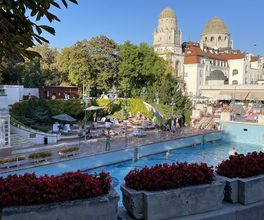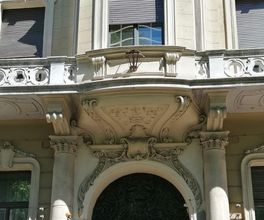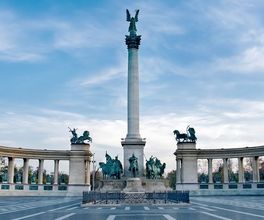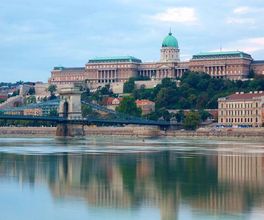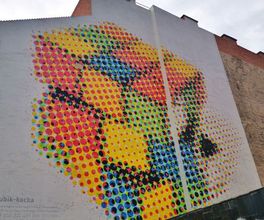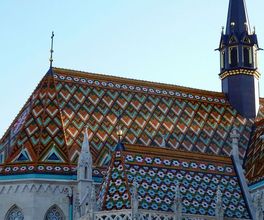
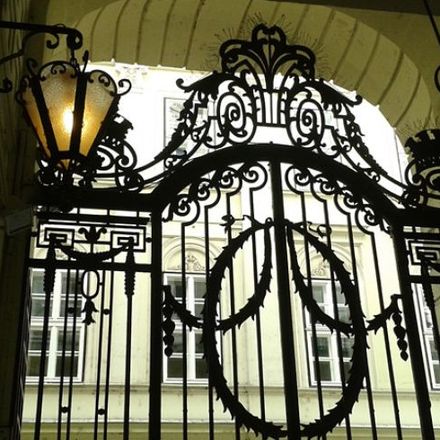



About this experience
Budapest is a city where you should not look at ancient ruins (although they exist) or even individual (though charming) monuments of the Middle Ages and Baroque era. Budapest is Europe as it was before 1914, and as it would have remained if it were not for the First World War.
A city practically entirely built between the flood and the jubilee - that is, between the catastrophic flooding of 1838 and the celebration of the Millennium of the Acquisition of the Homeland in 1896 - one huge rarity from the times of the 'belle epoque', the 'beautiful era'. Every income house on the Grand Boulevard is a palace, every square with a monument is a greeting from a bygone era...
What to expect
But I want to show you not the facades, but the courtyards. Facades are like a ceremonial uniform, a ball gown. This is for going out, 'for show'. The real life of the city, however, flows not on the squares and avenues. It's inside. In the courtyards.
Budapest courtyards are not visible from the street. A tourist walking around the city may even get the impression that there is no greenery here at all: only facades and facades, stone and stone. So, the greenery is inside. From the street, a ceremonial door leads into the building. Behind it is an inner courtyard. There will be trees, flowers, and sometimes a whole lawn. Imagine a St. Petersburg courtyard-well, transferred to a climate where there are two hundred and thirty sunny days a year, not sixty-two - you get a Budapest courtyard.
And along the walls of the buildings framing the courtyard, on each floor - galleries with cast iron railings. And, going up the internal staircase to the desired floor, a person walks further to their apartment along such a gallery. Past all the neighboring windows, wide open on the occasion of one of those two hundred and thirty sunny days. And everyone sees him. And he sees a piece of someone's neighborly life or, at least, a piece of it. And the whole inner courtyard is also visible to him as if on the palm of his hand: with someone's bicycle attached to the fence, with a toy car left by the boy from the third floor, with a pink bush currently being watered by the neighbor above ('Good day, kissing hands!'). And while he walks along the gallery, let's ask ourselves: what does the presence of such a courtyard mean for the social functioning of the city?
We will seek the answer together.
We will see the perfect courtyards of the 'Budapest Champs-Elysees' - Andrassy Avenue, lively cozy (and usually closed to casual passers-by) courtyards of Pest, walk through alleyway courtyards that unexpectedly open onto the next street, turn into the Jewish quarter of Erzsebetvaros and visit what has not yet received a established name in the Russian language - 'ruin bars' (you will see!), peek into Gozsdu Udvar, where on Sundays there is an art market, discover that even markets in Budapest reside in courtyards...
And we will see: a happy city starts from the courtyard. Perhaps someone will see in this a ready recipe for improving the life of their own city.
